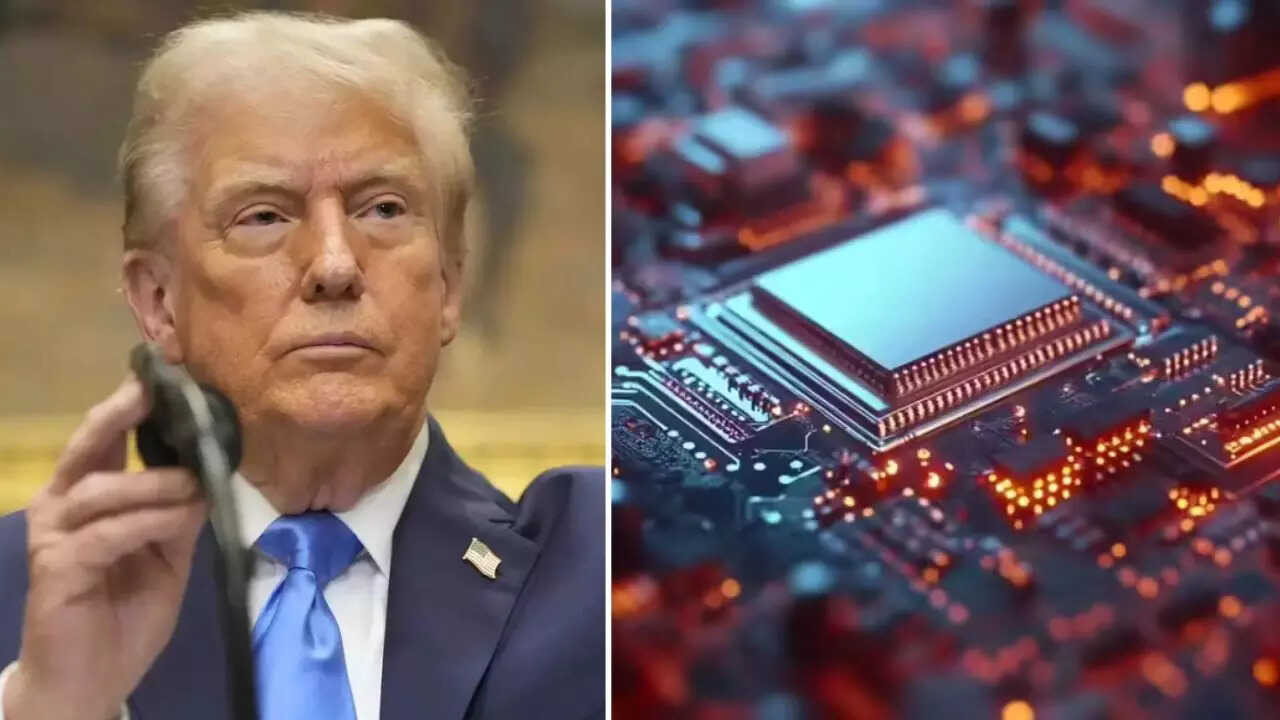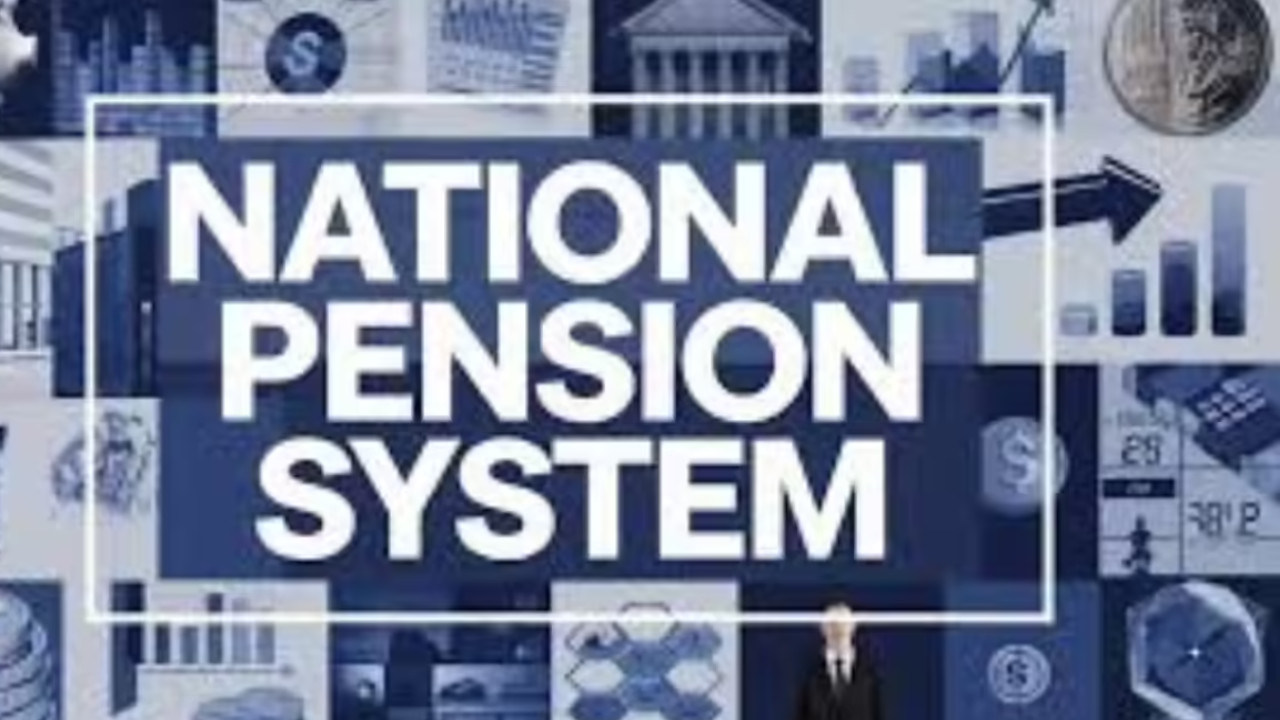The Trump administration is reportedly planning new tariffs on imported electronics, based on their chip content, to boost US manufacturing. This move could impose a 25% rate on chip value, potentially raising costs for American consumers and worsening inflation. Major chipmakers like TSMC and Samsung might face significant impact, as the policy aims to reshore critical production.
The Chip War Heats Up: Could Tariffs on Electronics Be Next?
The global tech landscape is bracing for a potential shake-up. Whispers out of Washington suggest that the US government is seriously considering a new weapon in its economic arsenal: tariffs on imported electronics, specifically targeting the semiconductor chips that power our digital world. This isn’t just about trade; it’s about national economic security, and the implications could ripple across industries and continents.
The heart of the matter lies in the critical role semiconductors play in everything from smartphones and laptops to cars and medical devices. These tiny chips are the brains of modern technology, and control over their production is increasingly viewed as a strategic imperative. With geopolitical tensions rising and concerns about supply chain vulnerabilities amplified by recent global events, the US is looking at ways to bolster its domestic chip manufacturing capabilities and reduce its reliance on foreign sources.
Why Target Chips with Tariffs?
The thinking behind chip-based tariffs is multifaceted. Firstly, it’s a direct response to concerns about dependence on foreign chipmakers, particularly those located in regions with potential geopolitical risks. By increasing the cost of imported electronics containing these chips, the government hopes to incentivize companies to source their components from domestic manufacturers or from countries deemed more reliable partners.
Secondly, tariffs could provide a financial boost to the US semiconductor industry. The increased revenue generated from tariffs could be channeled into research and development, infrastructure improvements, and workforce training, all aimed at strengthening America’s competitive edge in the global chip market. This could also stimulate investment in new fabrication plants (“fabs”) within the US, creating jobs and further securing the supply chain.

But, it’s not just about dollars and cents. The national security angle is paramount. A secure and resilient domestic chip supply chain is seen as crucial for maintaining military superiority, protecting sensitive data, and preventing potential sabotage of critical infrastructure. Relying on foreign sources for such essential components creates vulnerabilities that adversaries could exploit.
The Potential Fallout from Electronics Tariffs
While the potential benefits of tariffs are clear, the risks are equally significant. Increased costs for electronics would inevitably trickle down to consumers, potentially impacting everything from the price of smartphones to the cost of electric vehicles. This could spark inflation and dampen consumer spending, potentially hindering economic growth.
Furthermore, tariffs could trigger retaliatory measures from other countries, leading to a full-blown trade war. This would disrupt global supply chains, increase uncertainty, and harm businesses on both sides of the conflict. Companies that rely on international trade would face higher costs and reduced competitiveness.
The impact on specific industries could be particularly acute. For example, the automotive industry, already grappling with chip shortages and supply chain disruptions, could face further challenges. The medical device industry, which relies on specialized chips for life-saving equipment, could also be significantly affected.
Alternatives to Tariffs: A More Nuanced Approach
Of course, tariffs aren’t the only option on the table. Alternative strategies for strengthening the domestic chip industry include targeted subsidies and incentives, strategic investments in research and development, and enhanced collaboration with allied nations. These measures could achieve the same goals as tariffs but with less risk of triggering negative consequences. For example, government incentives could encourage companies to establish chip fabrication plants in the US, as discussed in our article on [reshoring initiatives for American manufacturing](internal-link).
Another promising approach is to focus on building stronger partnerships with like-minded countries to diversify the global chip supply chain. This would reduce reliance on any single source and create a more resilient and secure ecosystem.
A Pivotal Moment for the Tech Industry
The potential implementation of tariffs on electronics containing foreign-made chips represents a pivotal moment for the global tech industry. It’s a high-stakes gamble that could reshape the landscape of semiconductor manufacturing and have far-reaching consequences for consumers, businesses, and national security.
The path forward is uncertain, but one thing is clear: the future of the chip industry will be shaped by the decisions made in Washington and other global capitals in the months and years to come. Careful consideration, strategic planning, and a willingness to explore alternative solutions will be essential to navigating this complex and challenging environment.







